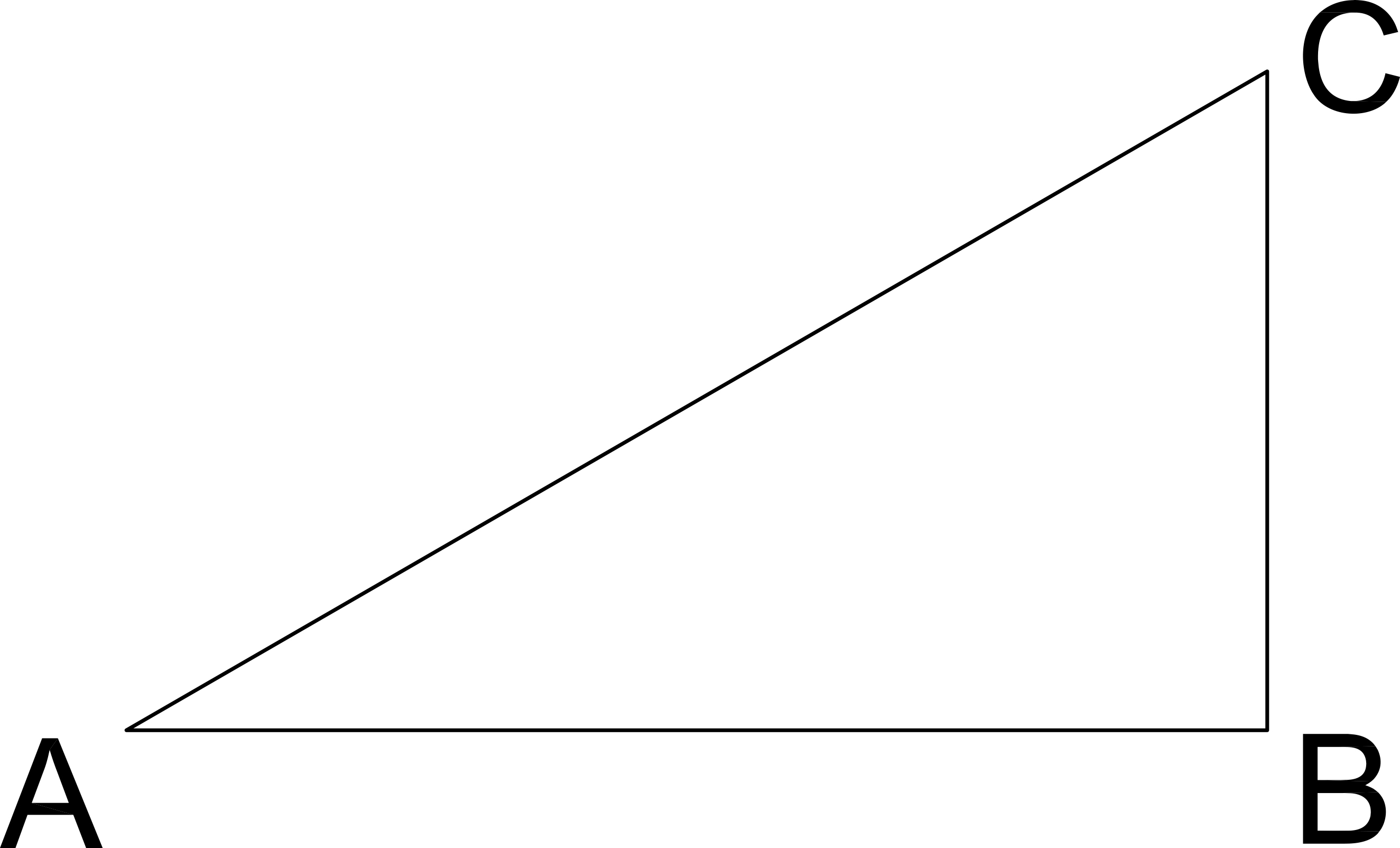All ACT Math Resources
Example Questions
Example Question #1 : How To Find The Sine Of An Angle

What is the sine of 
Sine can be found using the SOH CAH TOA method. For sine we do 
Example Question #1 : How To Find The Sine Of An Angle

See right triangle ABC. If the length AB is 8 and the length of BC is 6, what is the sine of angle A?
10
0.8
6
0.6
1
0.6
Sine A = Opposite / Hypotenuse = BC / AC
To find AC, use Pythagorean Theorum
AB2 + BC2 = AC2
82 + 62 = AC2
64 + 36 = AC2
100 = AC2
AC = 10
Sine A = BC / AC = 6 / 10 = 0.6
Example Question #2 : How To Find The Sine Of An Angle
Solve for 
Q = π or 2π
Q = π or 3π 2 2
Q = π or does not exist 2
Q = 3π or does not exist 2
Q = 3π or does not exist 2
Substitute x = sinQ and solve the new equation x2 + 3x = –2 by factoring. Be sure to change variables back to Q. As a result, sinQ = –1 or sinQ = –2. This function is bounded between –1 and 1 so sinQ can never be –2 and sinQ is –1 only at 3π/2 or 270 °.
Example Question #1 : How To Find The Sine Of An Angle
If 



Recall that sin = opposite / hypotenuse. Based on the figure shown, we see that 

Example Question #2 : How To Find The Sine Of An Angle

Triangle 



Now solve for 
Example Question #3003 : Act Math
If 




An angle between 

The tangent function is derived from taking the side opposite to the angle and dividing by the side adjacent to the angle (

Hence, the side 






The sine function is positive in the second quadrant. It is also equivalent to the side opposite the angle (

This makes 
Example Question #3004 : Act Math
A sine function has a period of 



Looking at this form of a sine function:
We can draw the following conclusions:
-
because the amplitude is specified as
.
-
because of the specified period of
since
.
-
because the problem specifies there is no phase shift.
-
because the
-intercept of a sine function with no phase shift is
.
Bearing these in mind, 
All ACT Math Resources








































